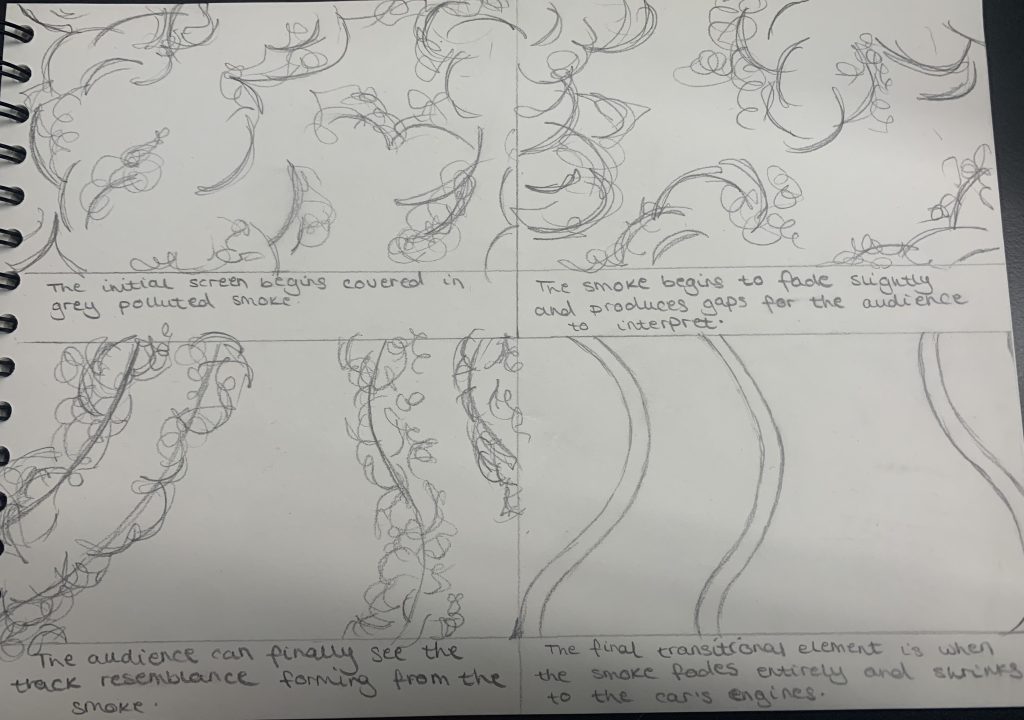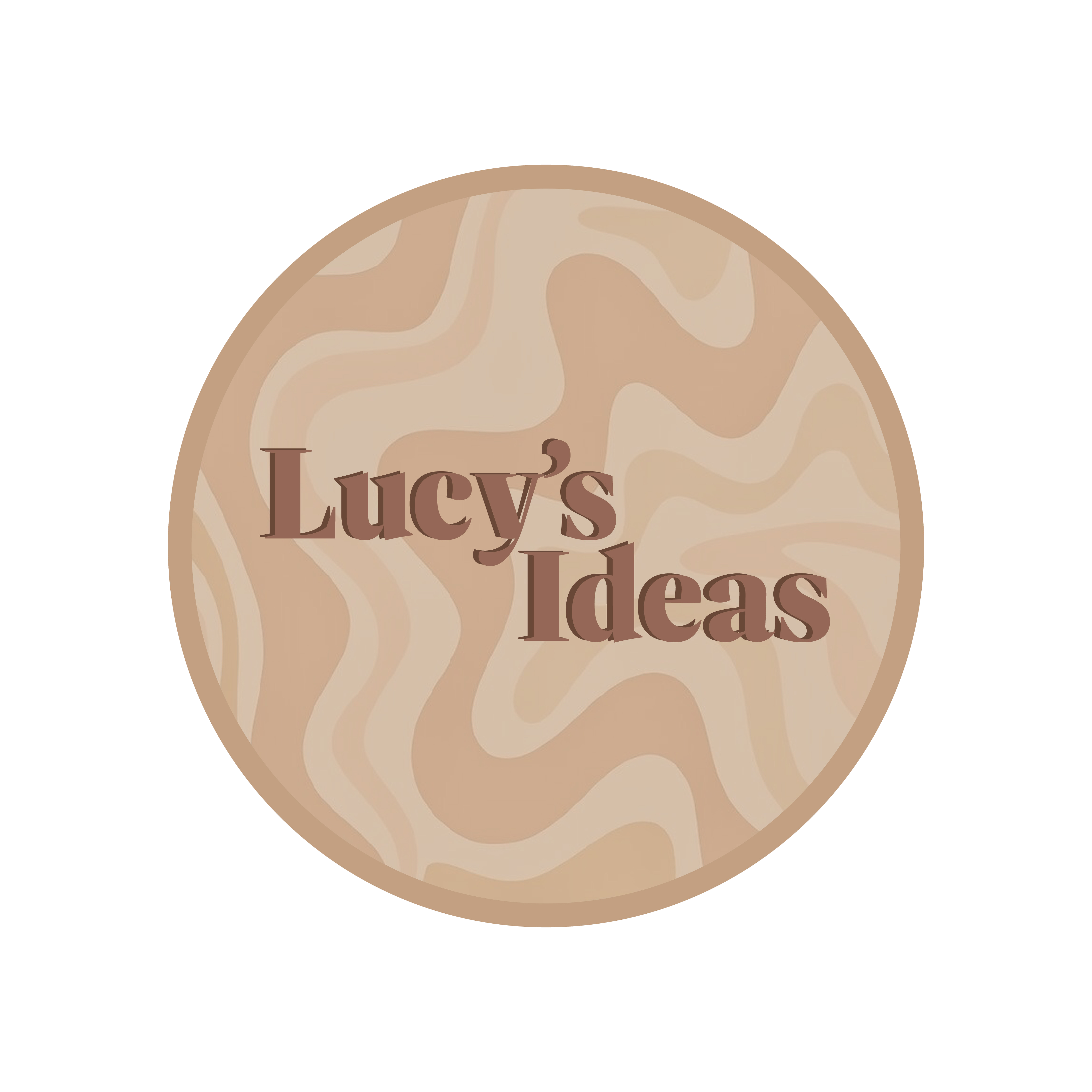What is Conceptual Design?
Conceptual Design is described as the “Framework for establishing the underlying idea behind a design and a plan for how it will be expressed visually.” (Levanier, 2021). This idea is heavily linked to surrealism in the fact that artist’s challenge the norms and conventions of art and open up new possibilities for creative freedom. Mainly, we see these ideas occur when combining numerous different objects to create a final composition with a brand new meaning. Below you can see an example by an artist using vinyl records and food. This conceptually combines two completely different objects to provide the audience with a separate final meaning.


Initial Storyboarding
The beginning of the majority of animations consistently start with a storyboard. A visual plan on paper that includes the rough sketches of key scenes and acting as guides for when animators start to put that thought process into a digital software. (Taggart, 2022). Each section that is completed acts as a keyframe defining the major start and end points of a transition. Each should also include captions and notes as to what the viewer will hear but also any technical information needed. Numerous famous films and stories all use storyboards in the initial stages which emphasise’s the necessity of them.
When discussing the final 15-20 second animation, it is clear that a very complex message needs to be portrayed in a very short amount of time. When dividing the sections, the aim was to create roughly 2-3 seconds of animation in each. The sequence was clear of how the overall animation will transition from a Formula One car and ending up with a green electric car and a message of ‘Go Electric’. This initial storyboard does not include the conceptual developments but just the simple storyline to base the animation on.
Using Formula One references throughout multiple storyboarding scenes relate back to the audience and purpose of the final animation: rethink a healthier option to transport rather than fuel based cars. This initial storyboard is very smooth and will clearly emphasise the message attempting to grasp a niche audience and hope they realise how much their petrol or diesel cars are polluting the Earth. It was now time to see where any conceptual developments could be made and adjust the keyframes where appropriate.

Conceptual Ideas and Developments
The key feature of the conceptual thought process is the fuel and smoke that is polluting the Earth. The initial keyframe is seen to have this surrounding the F1 car, so involving this as a concept may emphasise the realisation of the harm to the audience. The fuels smoke may also be a key transitioning aspect within the text graphic keyframes. When we get to the end of the animation, there is no more smoke to be found which reinforces the initial key idea that the audience need to go green and support more sustainable vehicle options. Individual’s cognitive reflexes will adjust to the thought of smoke polluting the environment. This initial development worked really well after being refined to ensure a swift transition element. This conceptual idea will be the part that sticks with the viewer and ensures that they will remember why they need to lessen their personal carbon footprint and therefore, proves the effectiveness of conceptual ideas and transitions within design.
Below you can see my thought process and initial sketches when aiming for a final conceptual plan. I have specified which part of the animation I want to complete this and simplified the storyboard. The main conceptual transition as you can see will be the start of the sequence.

References
3345rpmz.tumblr.com, n.d. 33.45RPM. [Online]
Available at: https://3345rpmz.tumblr.com/post/76007963542/vinyl-art-oreo-vinyl
[Accessed 27 February 2023].
Arek, 2013. SPIDER-MAN 2 Subway Train Attack Storyboards by Chris Buchinsky. [Online]
Available at: http://rarwrites.blogspot.com/2013/07/spider-man-2-subway-train-attack.html
[Accessed 07 February 2023].
Levanier, J., 2021. What is conceptual design? And how to wrap your mind around ideation.. [Online]
Available at: https://99designs.co.uk/blog/tips/conceptual-design/
[Accessed 27 February 2023].
Taggart, E., 2022. Storyboarding in Animation: What is It and How to Create One. [Online]
Available at: https://www.vectornator.io/blog/storyboarding-in-animation/
[Accessed 07 February 2023].



